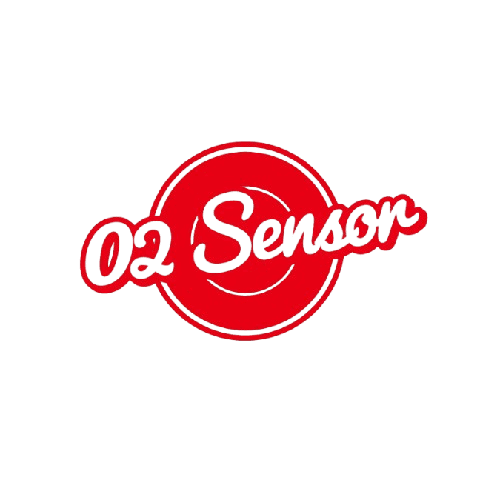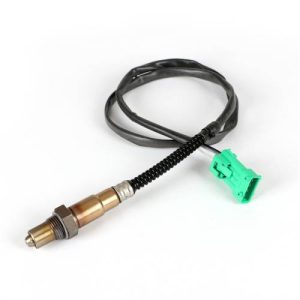Your cart is currently empty!
Oxygen Sensor Failure: Common Symptoms and Signs of Damage
The oxygen sensor, also known as the O2 sensor, is a critical component found in modern vehicles. Its primary function is to monitor the oxygen levels in the exhaust gases, optimizing fuel efficiency and reducing harmful emissions. However, like any other part, oxygen sensors can experience failures or damage over time, leading to various performance issues. This article aims to explore the symptoms and signs associated with oxygen sensor failure, enabling vehicle owners to identify when a replacement is needed.
Identification of Oxygen Sensor Failure:
- Activation of the Check Engine Light (CEL): One of the most prevalent indications of oxygen sensor failure is the illumination of the Check Engine Light on the vehicle's dashboard. When the sensor detects abnormal readings or malfunctions, it triggers the CEL to alert the driver of a potential issue.
- Poor Fuel Economy: A failing oxygen sensor can disrupt the air-fuel mixture in the engine, causing it to run either rich or lean. This imbalance results in reduced fuel efficiency and increased fuel consumption. If a sudden decrease in mileage is observed, it could be a sign of a failing oxygen sensor.
- Rough Idling or Engine Misfires: A malfunctioning oxygen sensor can interfere with the engine's combustion process, leading to rough idling or engine misfires. Frequent stalling, hesitation, or a shaky engine at idle may indicate the need for an oxygen sensor check.
- Increased Emissions: Since the oxygen sensor regulates the air-fuel ratio, a faulty sensor can cause an increase in harmful emissions. Failed emissions tests or the presence of a strong odor from the exhaust might suggest a failing oxygen sensor.
Signs Indicating Oxygen Sensor Damage:
- Slow Response Time: Oxygen sensors are designed to quickly respond to changes in exhaust gases. A delayed or sluggish response could indicate a damaged sensor, leading to inaccurate readings and compromised engine performance.
- Blackened or Coated Sensor Tip: A damaged oxygen sensor may exhibit a blackened or coated sensor tip, often caused by excessive carbon buildup. This buildup can interfere with the sensor's ability to accurately measure oxygen levels.
- Physical Damage or Corrosion: Physical inspection of the oxygen sensor is crucial. Look for any visible signs of damage or corrosion. Exposure to harsh conditions such as high temperatures or chemicals in the exhaust system can gradually cause sensor damage.
- Failed Diagnostics Test: During a diagnostic scan, a failing oxygen sensor will likely trigger a specific error code. Consulting a qualified mechanic and retrieving the error codes can help determine if the sensor requires replacement.
In conclusion, recognizing the symptoms of oxygen sensor failure or damage is essential for maintaining optimal vehicle performance and reducing emissions. If any of the mentioned signs are experienced, it is advisable to have the oxygen sensor inspected and replaced if necessary. Regular maintenance and prompt sensor replacement ensure efficient vehicle operation while contributing to a cleaner environment.






Leave a Reply